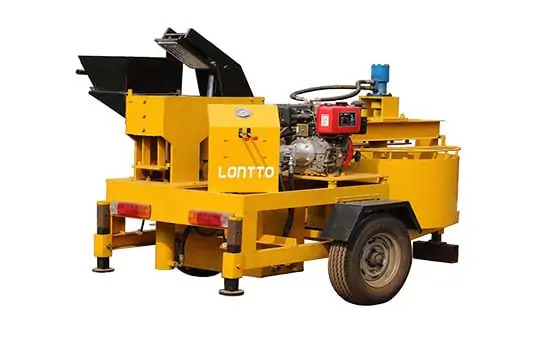In the realm of construction, the use of clay bricks has been a tradition for centuries, providing durable and versatile building materials. However, with advancements in technology, the process of making clay bricks has evolved significantly. The introduction of clay brick-making machines has not only increased efficiency but has also brought about positive environmental impacts. In this article, we will explore the functions, benefits, and environmental considerations of the clay brick-making machine.
Introduction to Clay Brick-Making Machines:
Clay brick-making machines are mechanical devices designed to automate the process of manufacturing clay bricks. Traditionally, brickmaking was a labor-intensive task, requiring significant manpower. With the advent of brick-making machines, the production of clay bricks has become more efficient, faster, and cost-effective.
Functionality and Components:
Clay brick-making machines consist of several essential components that work in tandem to produce high-quality bricks. The primary components include a clay mixer, an extruder, a cutter, and a kiln. The process begins with the clay being mixed thoroughly to achieve the desired consistency. The extruder then shapes the clay into uniform bricks, and the cutter slices them into individual units. Finally, the kiln fires the bricks, ensuring they attain the necessary strength and durability.
Increased Efficiency and Production:
The integration of clay brick-making machines into the brick production process has significantly increased efficiency. These machines can produce a large volume of bricks in a shorter timeframe compared to traditional manual methods. The automation of tasks reduces labor requirements, leading to faster construction timelines and cost savings for builders and contractors.
Quality Control and Consistency:
One of the key advantages of clay brick-making machines is the ability to maintain consistent quality throughout the production process. These machines ensure uniformity in size, shape, and density of the bricks, resulting in a superior and more reliable end product. This consistency is crucial in construction, where precise dimensions and reliable structural integrity are paramount.
Environmental Considerations:
Modern clay brick-making machines often incorporate eco-friendly features, aligning with the growing emphasis on sustainable construction practices. These machines optimize the use of raw materials, minimize waste, and reduce energy consumption. Additionally, some models utilize alternative fuels or energy-efficient technologies in the firing process, contributing to a lower environmental impact compared to traditional brick kilns.
Versatility in Brick Design:
Clay brick-making machines offer builders and architects the flexibility to create a variety of brick designs to meet specific aesthetic and functional requirements. The extrusion process allows for the production of bricks with unique shapes, textures, and surface finishes. This versatility adds a creative dimension to architectural designs while maintaining the inherent strength and durability of clay bricks.
Cost-Effectiveness:
While the initial investment in a clay brick-making machine may be significant, the long-term cost-effectiveness is evident. The reduction in labor costs, increased production efficiency, and the ability to optimize raw material usage contribute to overall savings. Builders and manufacturers can produce high-quality bricks at a lower cost per unit, enhancing the economic viability of construction projects.
Maintenance and Training:
Proper maintenance of clay brick-making machine is crucial to ensuring their longevity and continued efficiency. Regular inspections, lubrication, and timely replacement of worn components are essential for optimal performance. Additionally, providing training to operators and maintenance personnel is key to maximizing the machine’s capabilities and preventing downtime due to operational issues.
In conclusion
The advent of clay brick-making machines has revolutionized the construction industry, offering a blend of efficiency, quality, and environmental consciousness. As technology continues to advance, these machines are likely to play an increasingly vital role in shaping the future of sustainable and cost-effective brick production for construction projects worldwide.

